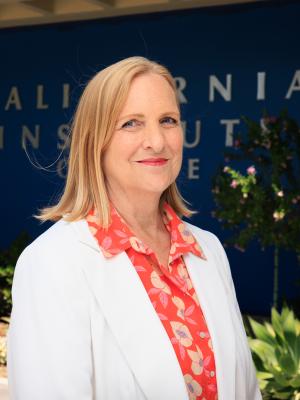
Brand
Fluency
First
Designing What Belongs,
From the Inside Out
Rodger Bridges
Some projects stay with you. Not just because they’re ambitious or high-profile, but because they rewire how you think about the work itself. How even the most refined craft and execution can be transformed by an unexpected approach to process.
The CalArts redesign became one of those projects for me.
What began as a complex institutional challenge became something deeper: a collaboration that changed how we work and what we could achieve together.
After years of higher ed work (and a lovingly hoarded cache of design inspiration), I’ve learned that art and design schools rarely struggle to find their story. Their real challenge? Translating that story into digital without flattening what makes it distinctive.
This becomes particularly complex with an institution like CalArts. Not a singular voice, but six fiercely independent schools, each with distinct priorities and creative logic of their own. You don’t create a unified vision for that kind of complexity by simplifying it. You have to meet it where it lives and work with it. On its own terms.
And that’s where the fundamental questions shift:
How do you build a design system that reflects an institution’s identity, not just its brand?
How do you fold structure around a culture that instinctively resists it, without compromising what it’s there to preserve?
Navigating these kinds of tensions takes an adaptive approach. UX, content, design, and development all moving together, each focused on a different facet of the same evolving challenges.
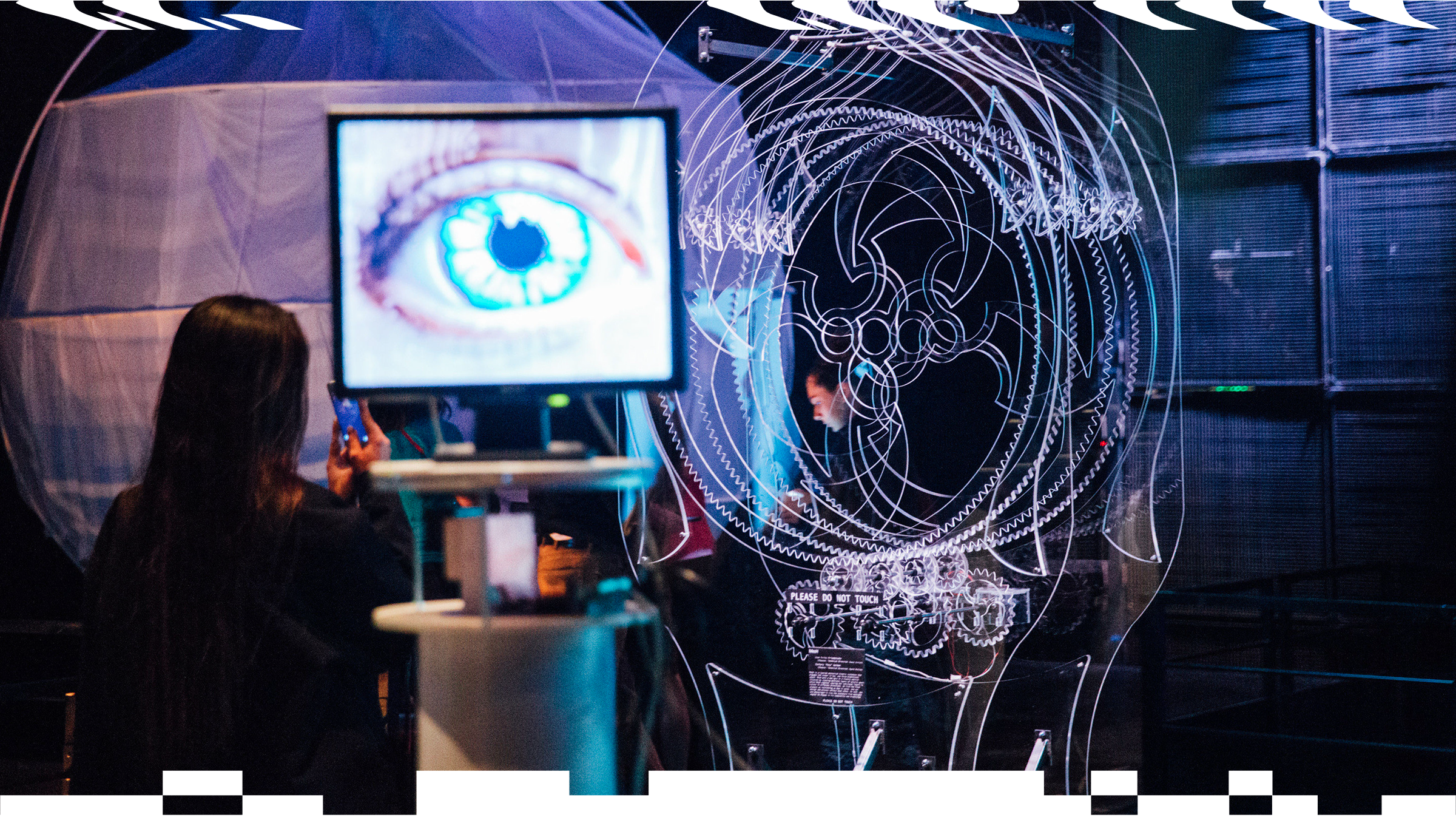
CalArts is a place where disciplines collide, boundaries dissolve, and radically new forms come together. A restless engine of experimentation and excellence, and the driving force behind every decision we made over the course of the redesign.
But getting internal teams aligned was just the beginning. The real work, the insight that would define everything, had to come from the people who live CalArts every day — prospective students and families navigating their creative futures. Faculty balancing artistic vision with practical guidance. Staff managing the daily complexities of an institution that defies easy categorization.
This is what human-centered design looks like in practice. Not a methodology you apply, but a mindset of curiosity and care that keeps you grounded in what matters and who it’s for.
What we didn’t expect was how naturally that process would open up something even deeper. A collaboration that would bring the kind of clarity that usually takes weeks to uncover. Not surface-level understanding, but genuine insight that didn’t need to be extracted or explained.
Proof that sometimes the best answers come from tuning in — not taking over.
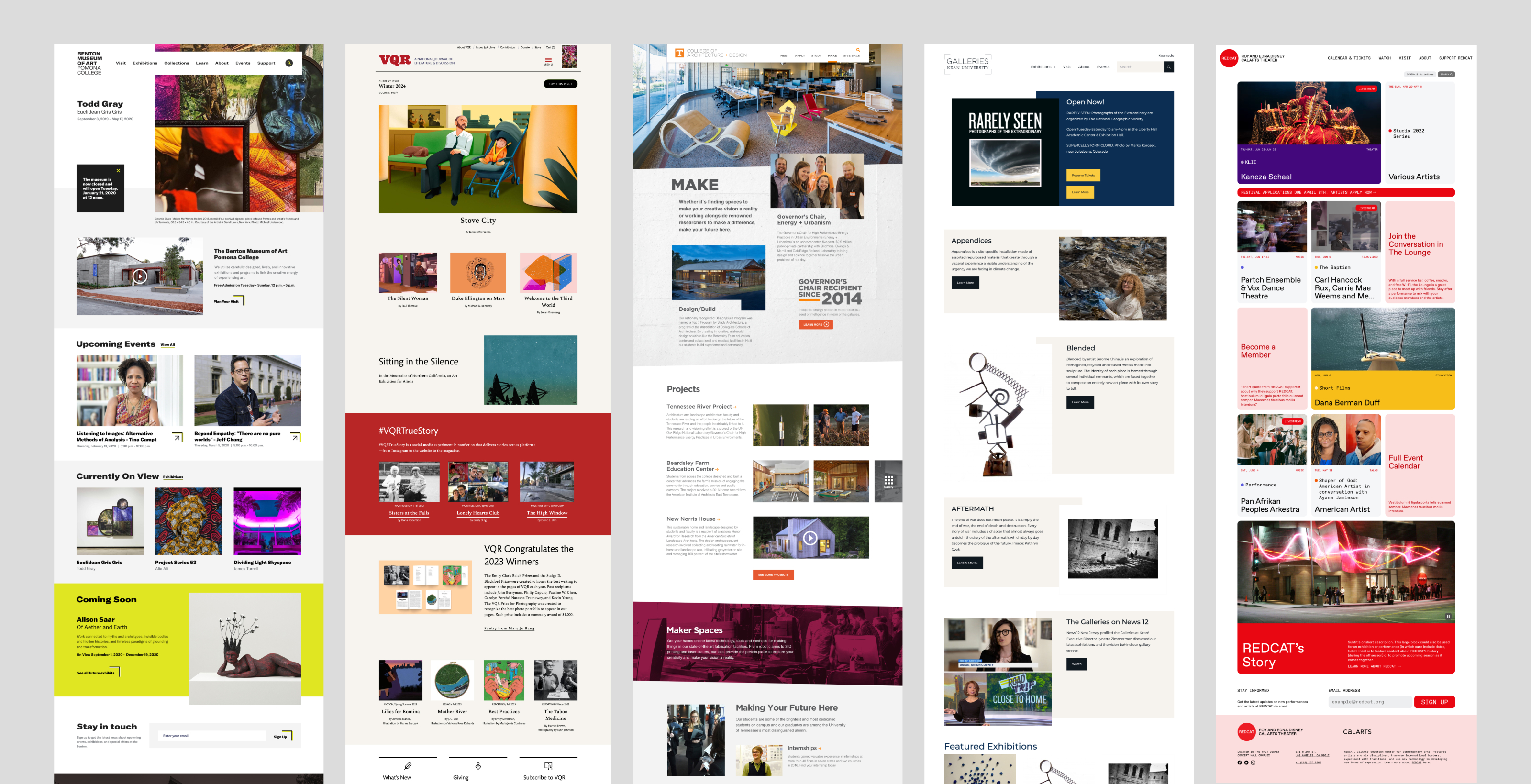
A snapshot of our work across arts, culture, and education. Each site a stop on a timeline of lessons learned in the balancing of frequently competing needs.
When Form Follows Familiarity
I’ve started projects with little more than a folder of meh-res imagery, a flattened logo or two, a viewbook, and a call with a client-side designer juggling priorities in real time. We’ve also worked with brand systems polished to the last kerning pair, but offering little more than a handful of hex codes when it comes to anything usable for a web project.
CalArts didn’t fit either extreme. It was something altogether different.
Sure, I’d rolled up with a Figma file full of early concepts and loose directions I was excited to explore. We always begin with discovery and visual exploration. Element collages, style tiles — whatever the project needs. When there isn’t a formal brand system, these early explorations fill the gap and move beyond discovery to establish a visual foundation where none existed before.
Not long after kickoff, it became clear that this project would follow a different course. Although they’d brought us in for our expertise, the CalArts team believed that only CalArtians were truly qualified to define how CalArts should be represented through their site.
It was a major departure from how we usually work, and shelving those early ideas wasn’t easy, but once we got started, it was clearly the right call for this project.
We were soon paired with Handbuilt Studio, a design practice founded by three generations of CalArts alumni. They didn’t just know the CalArts voice — they thought in it.
Learning the Language by Translating It
Handbuilt delivered something far more interesting and flexible than a static brand guide. It was a dynamic visual toolkit built around CalArts’ creative DNA. Layered, unconventional, and completely non-linear. This wasn’t going to be a matter of inheriting assets and plugging them into design. We were invited into the early development of a living, evolving identity. One we could help refine and adapt as the build took form.
It didn’t come with instructions. Just creative prompts to respond to. Modular elements and cues designed to be interpreted, not fully prescribed. An invitation to figure out how these elements would work in motion, across screen sizes, in user interactions. Where would they break, and what could they become when they did?
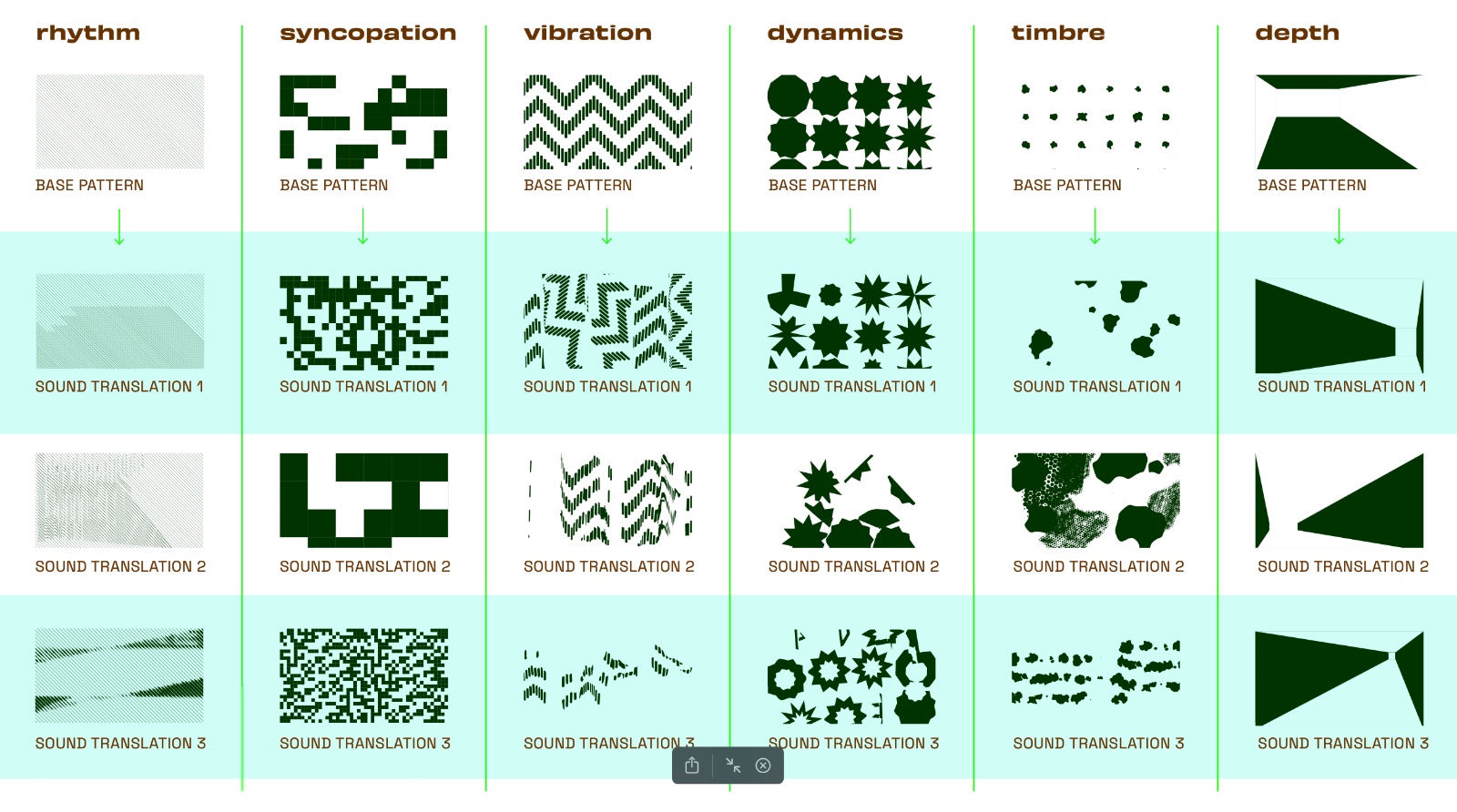
Handbuilt’s audio-generated soundscapes, a foundational tool in CalArts’ rich design language.
The clearest example of this started as a CalArts musical performance. Handbuilt ran the audio through a visualization app, transforming it into a set of thematic vector graphics: rhythm, timbre, syncopation, and more. Each one capturing a different aspect of CalArts’ creative energy.
A beautiful concept with elegantly gnarly results. Our job was to put them to work. That meant defining how they would move, behave, and scale across templates, screen sizes, all while ensuring nothing broke accessibility standards. In other words, the usual constraints of a large institutional site, combined with the added complexity of a rich and vibrant visual direction.
The result was a set of components designed to showcase those visuals. Parallax page backgrounds let editors flip, rotate, and recombine a library of full-bleed SVGs to create rhythm and variation across pages. Stacked image masks added texture to teaser collections and media galleries, while a nested parallax system supported multi-layer media and color fields that merged as you scrolled, creating new forms in the process.
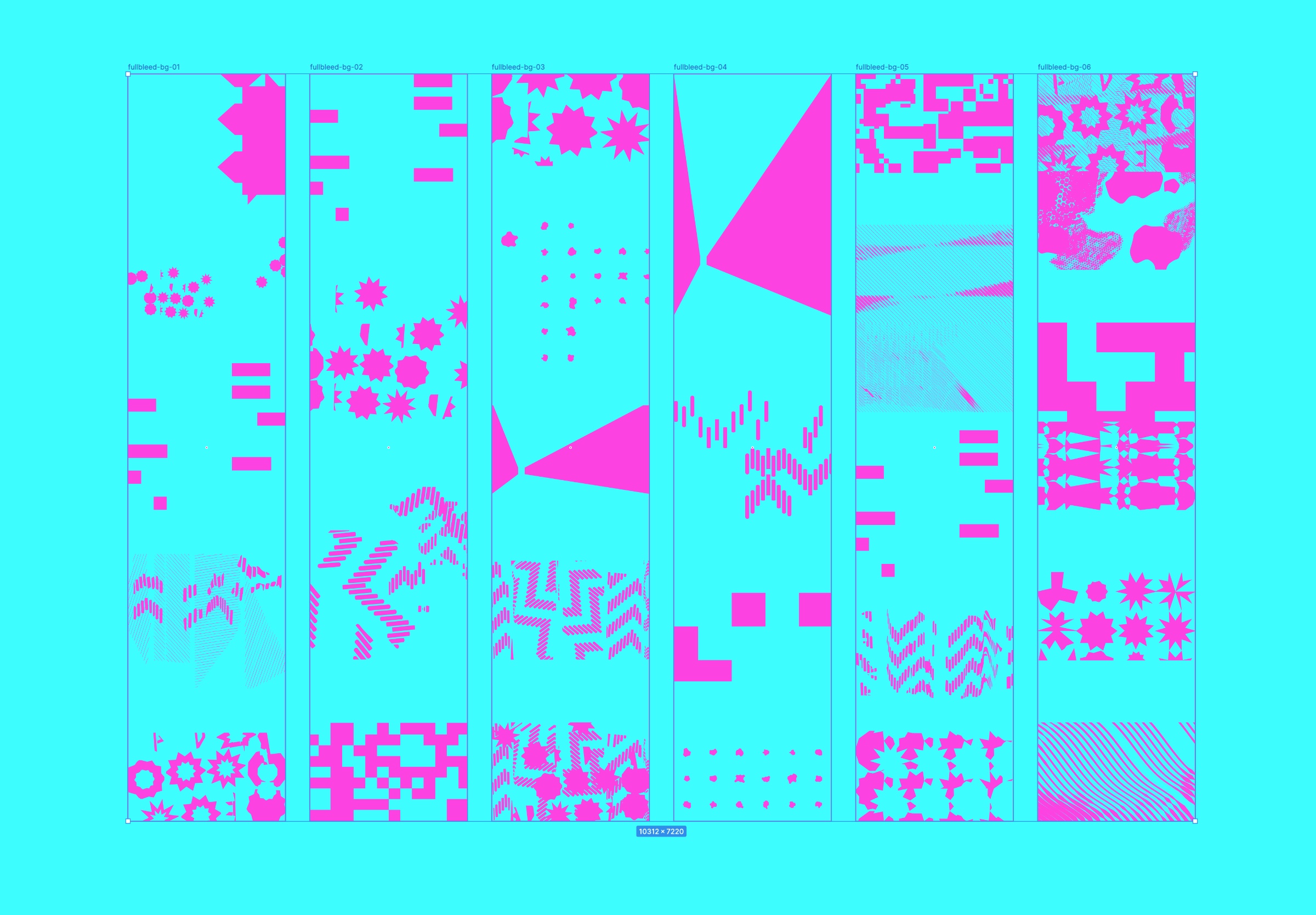
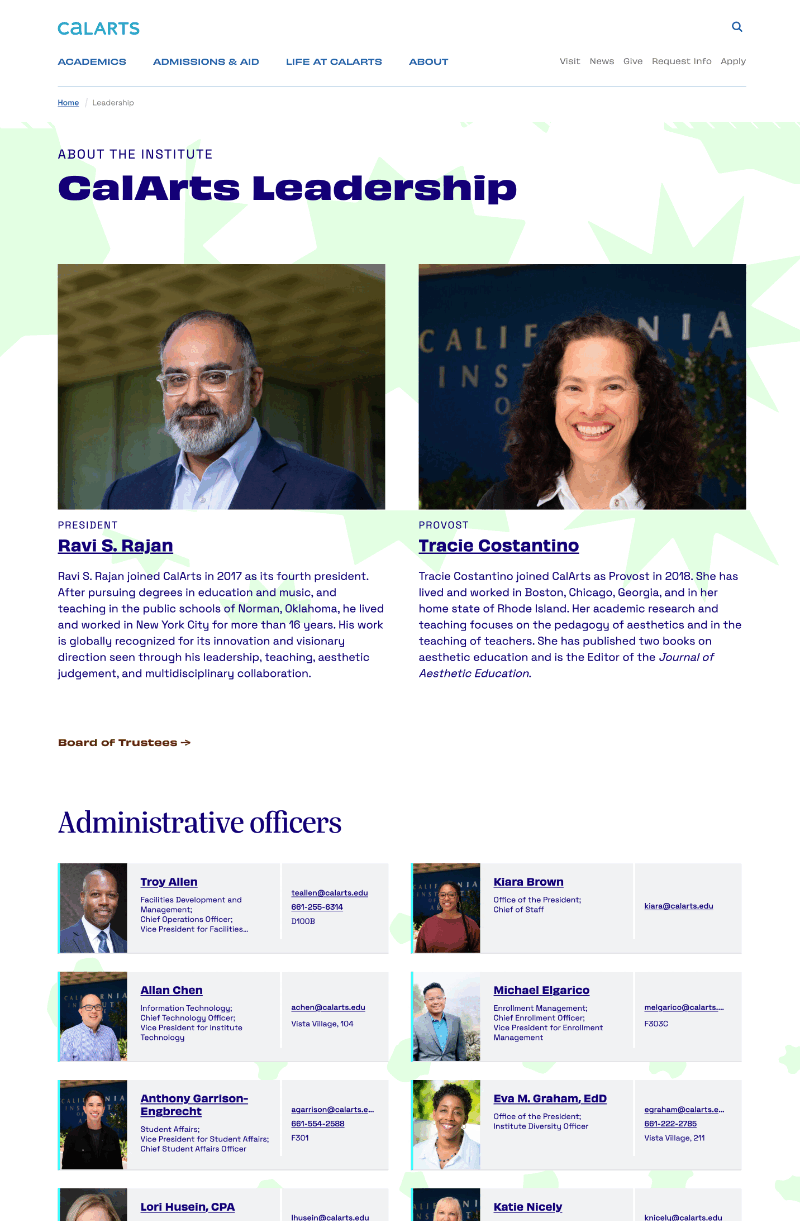
We transformed the soundscape visuals into a library of flexible SVG building blocks. Editors can combine, rotate, and scale them across pages to create rhythm and variation—all through the CMS interface, no coding required. The system balances creative freedom with structural consistency.
All of it engineered to be assembled by content editors in Drupal.
No coding required.
These implementations weren’t decorative extras. We avoid those. They revealed the underlying design logic and gave editors the freedom to stretch without breaking anything. They could experiment with layouts, visuals, and new page compositions. Expressive elements doing architectural work. A framework built to expand the aesthetic and make the visual system portable.
The real question was: could that portability maintain CalArts’ distinctive voice across emails, marketing materials, and everywhere else they needed to communicate?
Starting with Handbuilt’s bold visual assets, we built a flexible system that balances institutional requirements with creative expression. The approach meets structural demands while preserving the disruptive energy at its core. Overamped without overloading, structured but still dynamic.

Custom components at work: From feature parallax in Drupal (top) to stacked image mask interactions (bottom), both demos highlight the distinctive CalArts design language. Getting these right meant deep (and seriously fun) collaboration between partners, design, and development to dial everything in just right.
Continuity by Design
Making the system portable was one thing. Making it maintain CalArts’ voice across different platforms was another. From the beginning, we treated the design language as something that needed to travel. Not just the aesthetics, but the behaviors that make the experience feel distinctly CalArts.
That became especially important in CalArts’ enrollment marketing, where identity can easily get watered down or drift toward the generic. We extended the system into Slate by injecting our custom components into email templates, UI patterns, and even a confetti animation in acceptance emails, pulled from the same visualized soundscapes. A moment of joy that felt authentic rather than forced, built from the same visual language as everything around it.
We built the CalArts system to work across media and platforms. It extended into Slate emails and communications (right) with the same visual rhythm, structure, and impact as the site.
Shared components maintain consistency, including an animated confetti explosion in acceptance emails (below) built from the same soundscape graphics used throughout the system. A small moment that connects the whole system together.
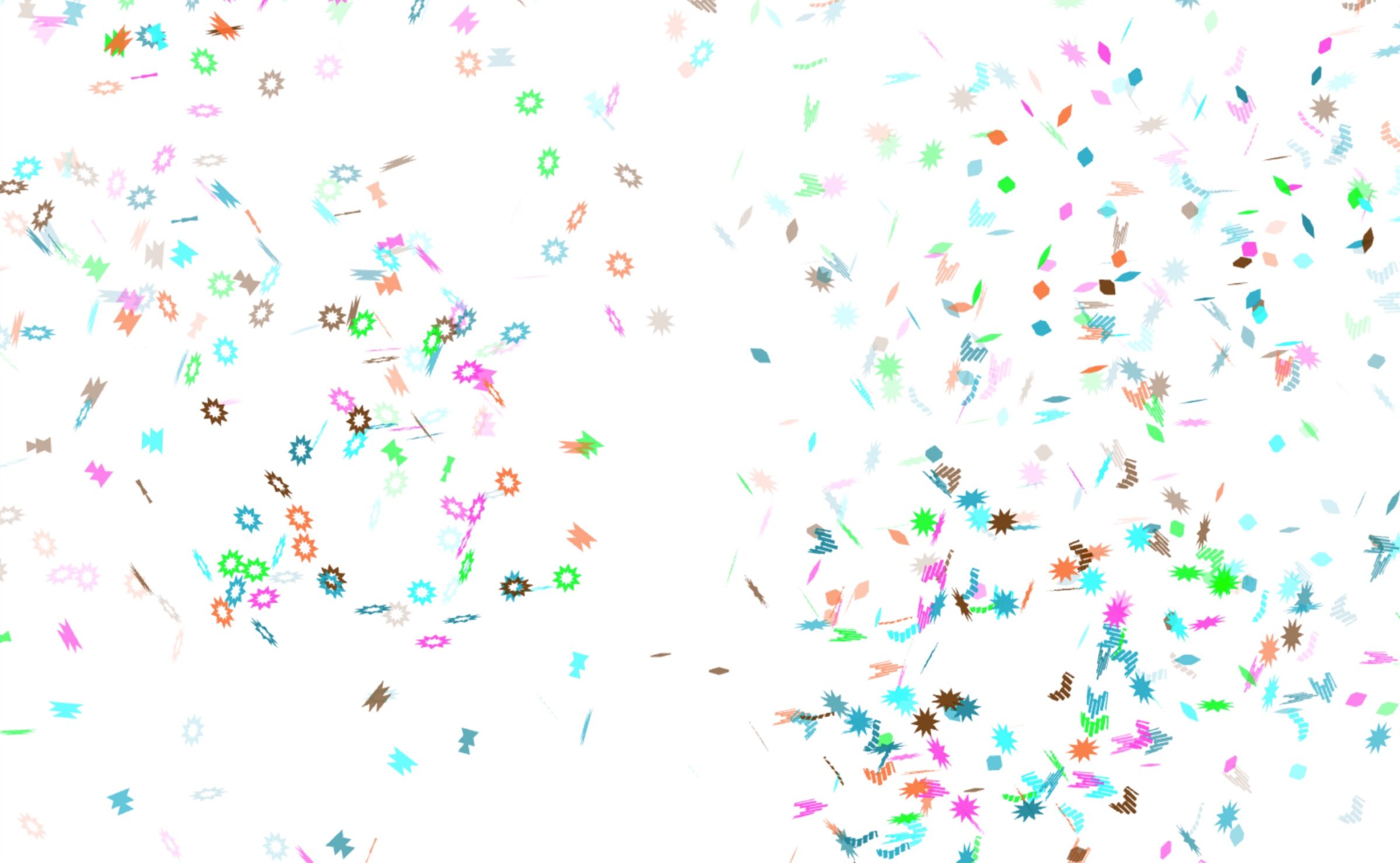

The result: a unified digital experience. One where discovering CalArts, engaging with it, and being welcomed into it all feel like one seamless journey.
The system’s reach mattered and it worked because it never lost sight of its foundation. The same creative DNA at the heart of those soundscapes could adapt into a burst of confetti in an acceptance email, and still feel genuinely CalArts.
The result: a unified digital experience. One where discovering CalArts, engaging with it, and being welcomed into it all feel like one seamless journey.
Seeing Yourself in the System
That continuity didn’t happen by accident. It emerged from trust, shared vision, and a process designed to bring CalArts’ true expression into sharper focus. Not a top-down interpretation, but something that developed from a true understanding of who CalArts is and how it should be represented everywhere.
We always listen deeply, adapt in real-time, and design with our partners, not just for them. The strongest systems solve real problems for real people, and schools like those in AICAD need partners who understand that.
What made this project different was being invited into a brand direction that was still taking shape. Working with Handbuilt, we weren’t inheriting a finished vision to interpret, but helping develop an identity alongside institutional insiders. That kind of collaborative creation, where everyone is discovering together, is rare and rewarding. But the partnership and collaboration at its core is what makes the biggest difference and has the biggest impact on the outcome.
This kind of work requires real partnership, a hallmark of the kinds of engagements we love. It means trusting the process, embracing the unexpected, and being willing to discover things you didn’t know were possible. When you come ready to collaborate openly and think beyond what you thought you knew or expected, that’s when the magic happens. That’s when you build something unmistakably yours — together.
As if to underscore everything above, just as we were finishing this article the CalArts website received a Gold Level Circle of Excellence Award from CASE. We couldn’t be more proud to share this honor with CalArts and Handbuilt Studio.
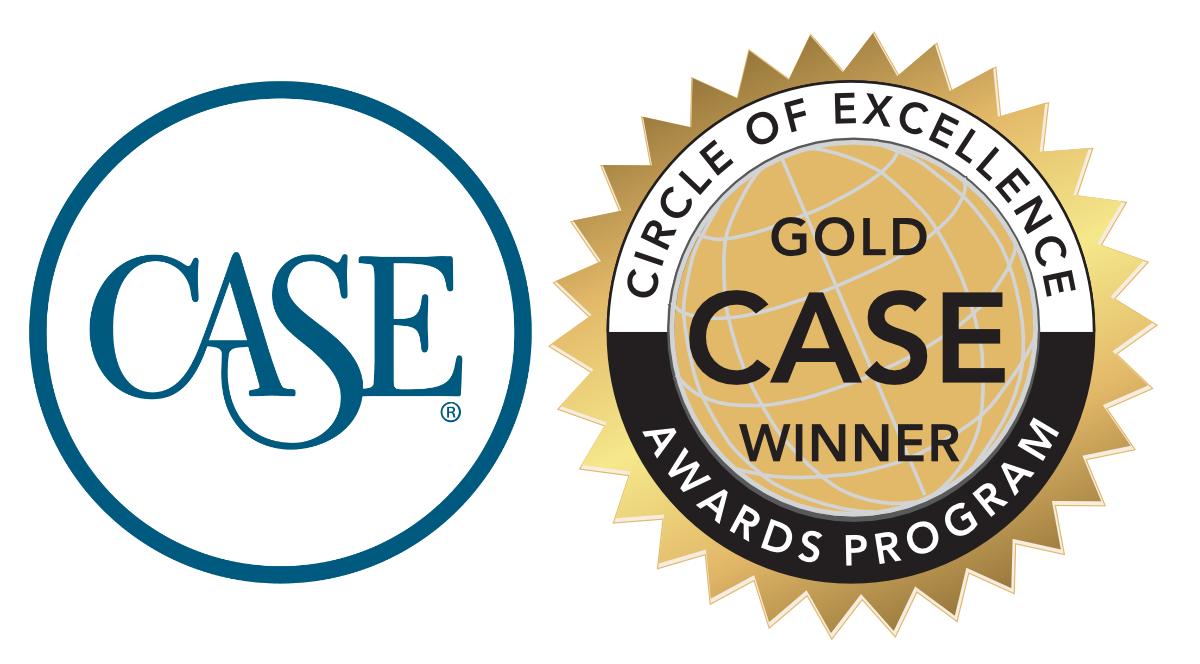
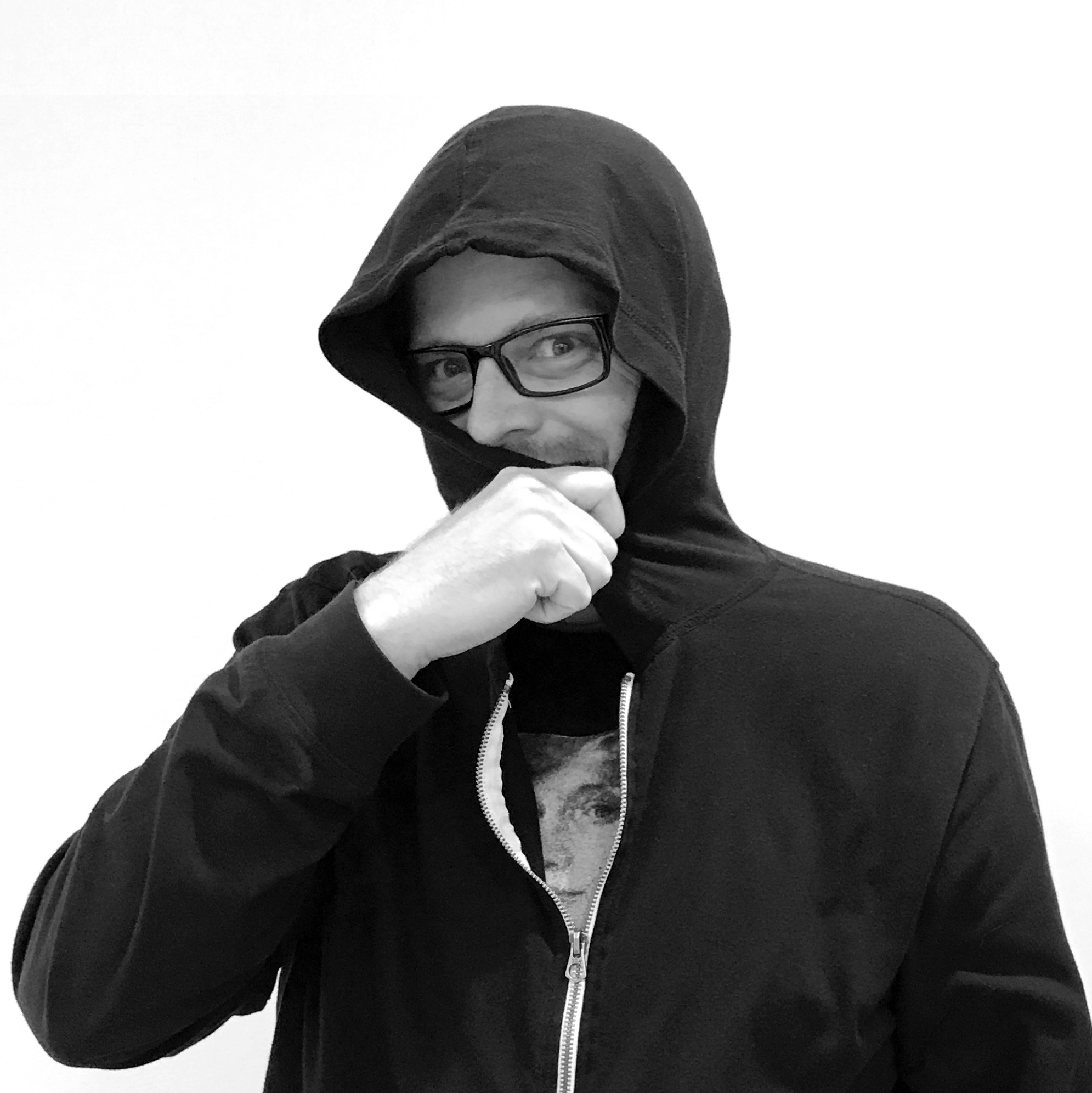
Rodger is NewCity’s Design Director, with 30+ years of experience shaping thoughtful, expressive design across print, digital, and identity. He balances systems and improvisation to help teams create work that’s clear, honest, and alive.
